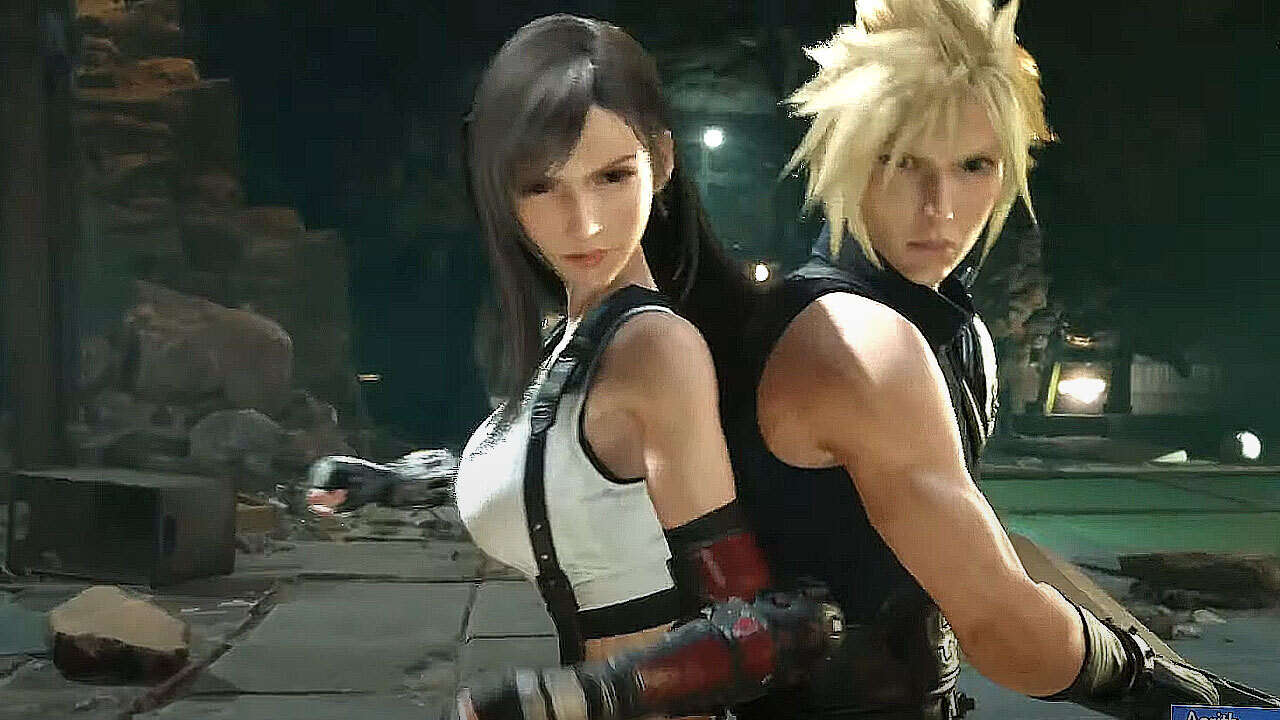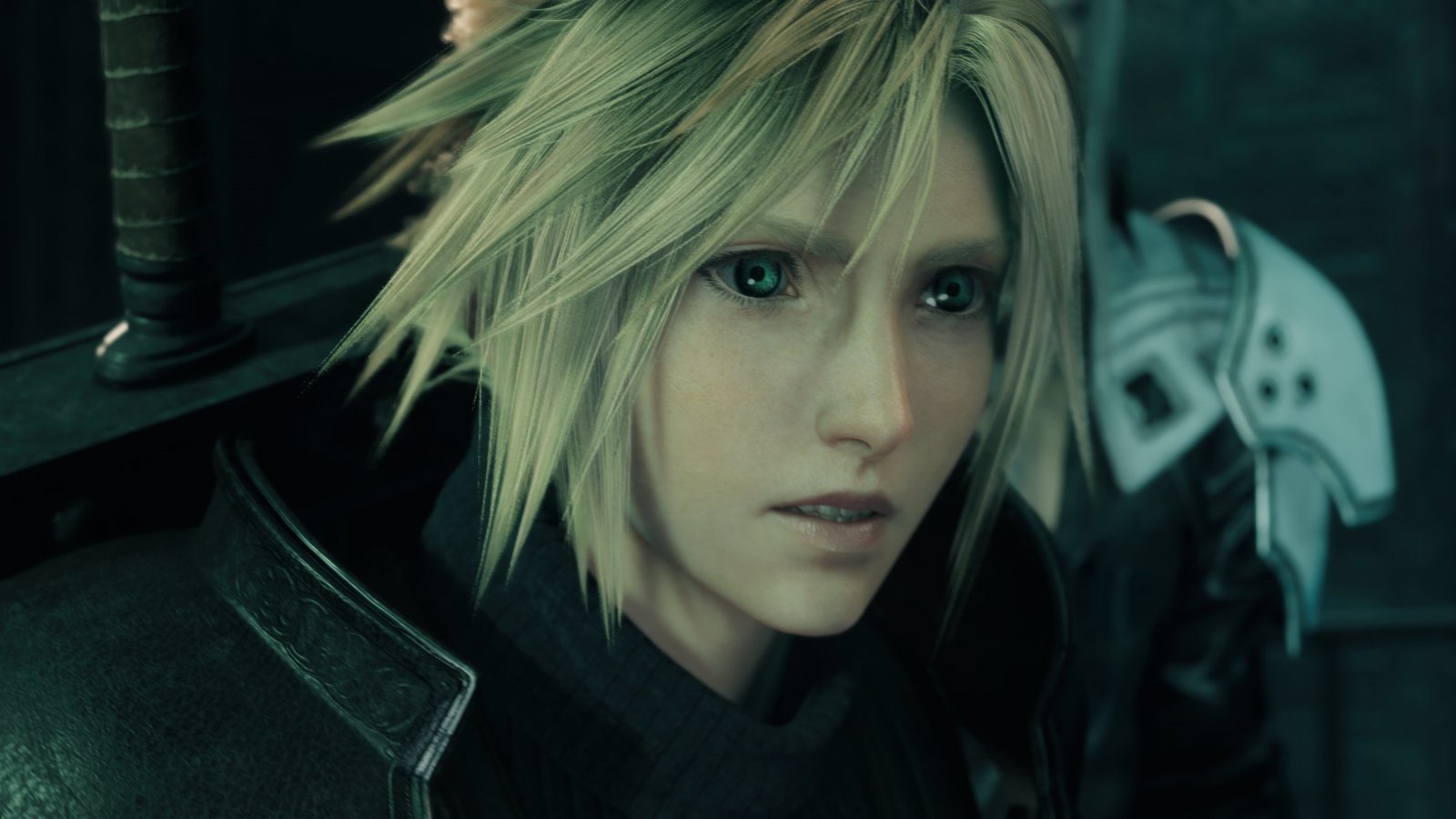Despite your preferences, the general consensus on Final Fantasy VII Rebirth appears to be somewhat biased. This bias exists because the game evokes a strong sense of nostalgia for players like us, particularly those who began their video gaming journey with a PS1 and Final Fantasy VII, now three decades ago. Consequently, when a remake of this magnitude arrives on PS5, given the significant technical advancements from the original game, it’s challenging not to fall prey to overly enthusiastic praise. However, despite its undeniably commendable qualities, Final Fantasy VII Rebirth also exhibits noticeable flaws that players unfamiliar with the Final Fantasy series will readily identify. Fortunately, I have never been an unconditional fan of Final Fantasy, so I do not overlook these shortcomings, which could be quite bothersome…
Four years have passed since Square Enix began working on the sequel to the remake of Final Fantasy VII, which concluded at Midgar’s exit, equivalent to halfway through the first disc of FF VII when it was released for PS1. Initially, plans were set to restore this video game landmark as a diptych, but in 2022, it was announced that the project would ultimately become a trilogy. This development is expected to excite fans of both the game and the series, demonstrating Square Enix’s commitment to exploring the story more deeply, including some modifications at certain points.
JEAN-MARC GÉNÉREAUX
When evoking the main adventure of this Final Fantasy VII Rebirth, the first adjectives that come to mind are “generosity” and “abundance.” Indeed, if there’s one thing the game is unassailably strong on, it’s its colossal content, which sometimes borders on indigestion, let’s be honest. For those purchasing Final Fantasy VII Rebirth, they’ll certainly get their money’s worth! Plan for around forty hours to complete the main storyline and some side quests, meaning you can double the playtime if you aim for the Platinum trophy. Yes, Square Enix has not skimped on side quests and mini-games you’ll find once reaching the Gold Saucer (that amusement park straight out of a Yakuza Like a Dragon). You can literally spend hours racing Chocobos, dolphins, playing football in a Rocket League style with Red XIII, engaging in Queen’s Blood, shoot ’em ups, all without advancing the main story. But we’ll return to that shortly.
Let’s start by focusing on the novelties that Rebirth introduces compared to the 2020 Remake, and what radically changes with this sequel is its open world, or rather semi-open world. Naturally, now that we’ve left Midgar and its gloomy, oppressive, or anxiety-inducing industrial atmosphere, we can finally see daylight and admire magnificent panoramas. Prairie, Junon, Corel, Gongaga, Cosmo, with such a variety of settings, it was obvious that Yoshinori Kitase and his teams would venture off the beaten path of the corridor game. Perhaps this is one of the greatest weaknesses of this Final Fantasy VII Rebirth, as the game does not seem to have the appropriate engine to manage an open world like other saga franchises do. And we feel this immediately with the lack of interaction between characters and their surroundings, despite developers forcing this relationship with a clumsy “parkour” system. In short, for Cloud and his companions to approach the few reliefs that compose the environments, our characters will be able to climb some walls, descend from walls, and ascend ladders, but only in predefined zones indicated by large blue arrows. This means that your character is often blocked by an invisible wall because they are not in the correct interaction zone, knowing that interactions are so rigidly stiff that it can sometimes be inconvenient.
A WEARY OPEN WORLD
Animations in games like Final Fantasy VII Rebirth are rarely perceived as robotic or absent. However, in this particular game, they stand out as notably lacking. Some may argue that this is a minor detail, but exploring the open world is a critical aspect of the gameplay experience. In fact, Kitase and his team have adopted Ubisoft’s open-world tour system, which other studios have been trying to hide or remove for several years. Upon entering these open zones, players are prompted to engage in repetitive side activities such as monster hunting, analyzing life pools or Esper sites, treasure hunting, and Mog mini-games, which can be disorienting and feel padded. This creates a cyclical pattern in the game’s progression, alternating between linear gameplay, open areas, and further exploration, somewhat detracting from a natural flow of advancement. It is unfortunate; Square Enix clearly aimed to innovate, but with the expectations set by annual releases of open-world games in 2024, Kitase could have kept more current with modern standards.
The progression is marked by new narrative elements that enhance the story’s interest and engagement. We gain deeper insights into the entire group, not just Cloud, as their relationships with each other are more extensively developed. This approach ensures that the addition of side quests does not detract from the main storyline, allowing players to learn more about characters associated with these missions while also improving relational dynamics, which are crucial for subsequent events and gameplay mechanics such as synchronized attacks. Consequently, some characters who were minor in the original 1997 game have become more significant, acknowledging that certain script modifications have been made but without compromising the essence of the main narrative.
PS4 GRAPHICS
When it comes to the technical and graphical aspects of Final Fantasy VII Rebirth, there are several points worth discussing. Overall, the game is visually appealing, featuring clean character modeling and richly detailed environments. However, closer inspection reveals that the game shows its age, largely due to the use of Unreal Engine 4, in contrast to the more advanced in-house engine used by Final Fantasy XVI. This difference becomes immediately apparent. Indeed, FF VII Rebirth appears less visually impressive than FF XVI, with a mix of excellent and subpar visuals. For instance, focusing on certain environmental elements may reveal blurry textures, special effects that lack volume, and synthetic lighting giving an unnatural feel to the game. Overall, it seems like playing the same game from four years ago, despite the upgrade in console generation. Additionally, opting for Performance mode, which aims for 60 frames per second, noticeably impacts visual rendering, causing blurriness throughout the game. Square Enix was alerted to this issue when a demo was released two weeks prior, but even after applying a patch, there has been no significant improvement in visual quality. Therefore, it is currently recommended to play in Fidelity mode, which displays at 4K with a frame rate of 30fps.
A Little Synergy, Guys, Come On!
It is now time to discuss the gameplay and changes in this sequel. In essence, Final Fantasy VII Rebirth retains the mechanics established by the Remake episode but expands movement options due to open environments, making them broader and more flexible. We’re still in a blend of traditional and contemporary approaches, as battles allow for juggling beat’em up-style attacks and power management, with the ATB (Active Time Battle) gauge remaining central. However, actions are now more dynamic, including prominent aerial gameplay. Some enemies tend to attack from above, so Cloud and others can now strike from various angles. Evasion has also taken on greater importance, alongside the ability to parry attacks. Additionally, there’s a team synergy that enables multi-character attacks, adding more impact to actions and offering more dynamic scenes. Note that these synchronized skills are valid if you have the appropriate points for each character involved. Nothing is overly complicated; one quickly adapts and analyzes situations at a glance, and most importantly, there’s no hesitation in exploiting them, especially against numerous bosses.
Furthermore, attention must be paid to the codex, which serves as the foundation for unlocking new synchronized attacks. Through experience points, one can evolve their codex, thereby influencing characters’ skills and techniques and unlocking synchronized attacks. The codex system requires a specific number of points for each character involved in synchronized attacks.
Have any thoughts?
Share your reaction or leave a quick response — we’d love to hear what you think!




